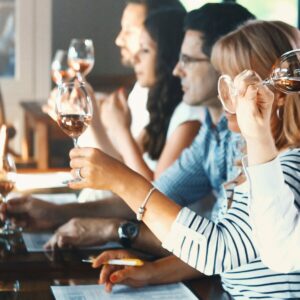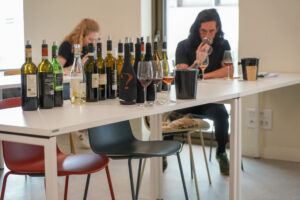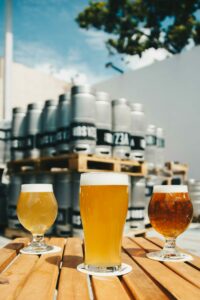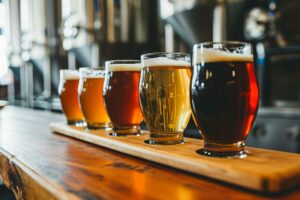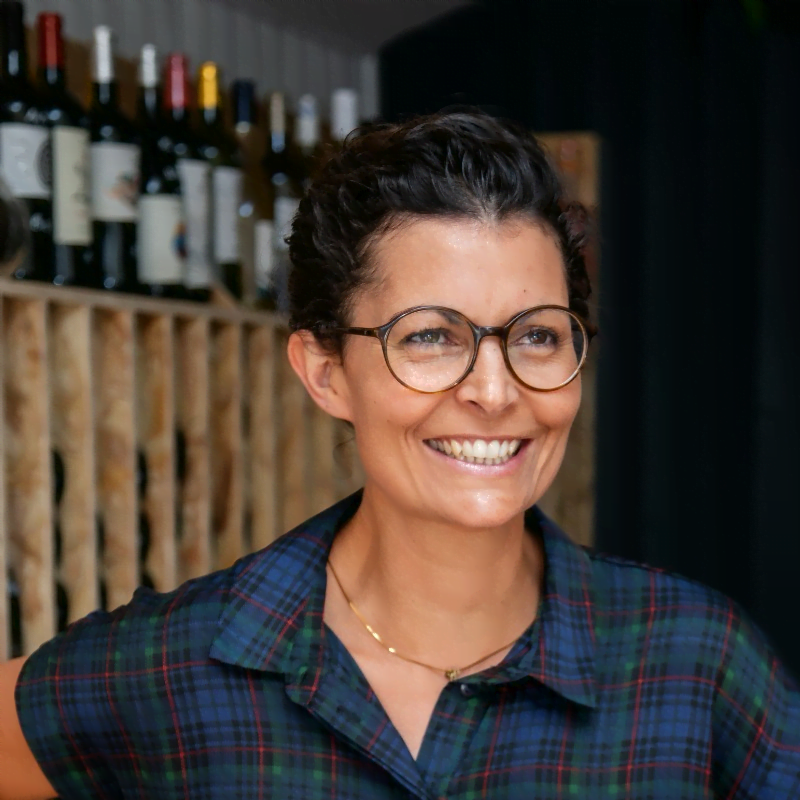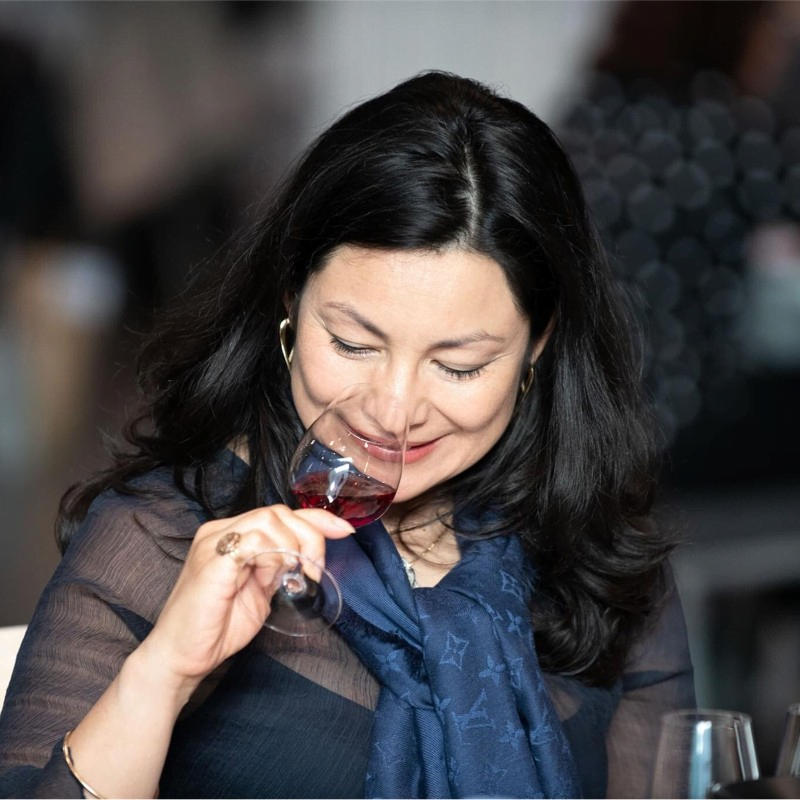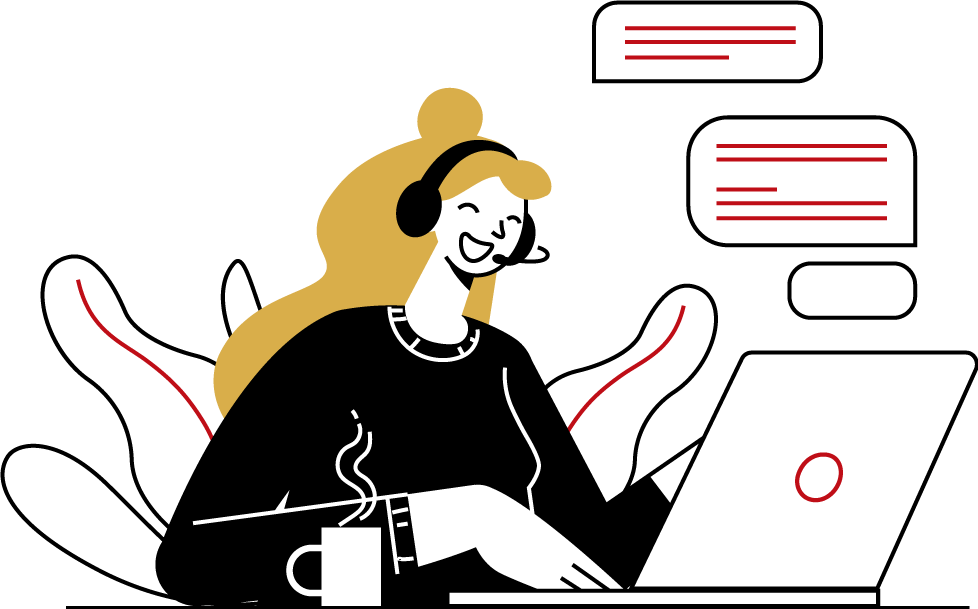No, Low, Nano… Feeling lost in this galaxy of low-alcohol drinks? Alcohol consumption is changing. The rise of zero or low-alcohol beverages is far from a passing trend. In just a few years, the so-called “No-Low” segment has found its place in bars and major retail stores, with dedicated “Alcohol-Free” sections for wine and spirits.
At WiSP Campus, we closely observe this profound shift in consumer habits, which is reshaping the codes of wine, beer, and spirits. Understanding these new trends opens doors to innovation and allows professionals to better meet the expectations of today’s consumers.
No-Low, Low, Nano… Explained
The term No-Low, a contraction of No Alcohol and Low Alcohol, is now commonly used to refer to beverages with reduced or zero alcohol content. It mostly applies to wine and spirits.
- “No” (no alcohol) refers to beverages with an alcohol content below 0.5%, and often 0.0%. This is the most regulated category. It includes flavored waters, alcohol-free beers, mocktails, “free” spirits… and increasingly, dealcoholized wines.
- “Low” (low alcohol) refers to products with alcohol levels between 0.5% and 8–10%. This includes some light beers, low-alcohol wines (e.g., some sweet whites), low-proof cocktails, or hard seltzers.
- In beer, terminology varies: the term “Nano Beer” is used to describe beers around 0.5% to 1.2%. Nano beers are carefully crafted to preserve style, bitterness, and hoppy aromas—without the buzz.
Note: The term dealcoholized means the product underwent fermentation and was then partially or fully stripped of its alcohol. It’s not just “flavored grape juice”—it’s a properly vinified wine that has been processed afterward.
A Trend Driven by New Generations
No-Low isn’t just about moderation—it reflects a deeper societal shift. Consumers are motivated by :
- Health and well-being: reduced oxidative stress, better sleep, fewer calories…
- Social life: enjoying social moments without alcohol’s side effects. Even without alcohol, the pleasure of taste, food pairings, and ritual remains key.
- Flexi-drinkers, often younger (18–35), care about their health, fitness, and social image. They want to reduce their alcohol intake—without giving up the sensory experience and the joy of a shared drink.
In France, over 30% of 18–35-year-olds say they want to reduce their alcohol consumption (source: Santé Publique France, 2023). But they’re not ready to compromise on quality, enjoyment, or style. That’s the challenge of No-Low: offering a real experience—without compromise.
Fundamental Innovations in the Industry
The growth of the No-Low market has forced professionals to reinvent their craft. Making a non-alcoholic beverage that still has taste, body, and character is a technical challenge.
In wine:
- Traditional winemaking is followed by alcohol reduction through processes such as:
- Reverse osmosis: membrane filtration separating alcohol from aromas.
- Vacuum distillation: evaporating alcohol at low temperatures.
- Spinning cone columns: mechanical separation.
- The challenge is maintaining aromatic balance and flavor persistence. Whites and rosés often work better than reds.
In beer:
- Some brewers halt fermentation early to prevent alcohol development.
- Others use non-Saccharomyces yeasts, which produce very little ethanol.
- The “Nano IPA” trend relies on aromatic hops to create expressive profiles—even at 1% ABV.
In spirits:
- Botanicals, barks, and spices are infused in distilled water or neutral bases.
- The result? “Alternative spirits” made with juniper, citrus, or ginger—sometimes aged or smoked—that mimic gin or vermouth styles… without a single molecule of alcohol.
A Real Market Opportunity for Professionals
For wine and spirits professionals, No-Low is no longer a niche—it’s a high-potential segment that should be integrated into product lines and commercial strategies. It also deserves dedicated training, as production techniques, consumer expectations, and regulations evolve rapidly. Reinventing yourself is essential to stay competitive
No-Low doesn’t aim to replace alcohol—it coexists with it. But its economic weight is becoming strategic:
- +16% annual growth in non-alcoholic beer sales in Europe (Nielsen, 2023).
- Major brands like Heineken, Martini, Ricard, Le Petit Béret, and Lyre’s are investing heavily in the segment.
- Bars, restaurants, and wine shops are diversifying with “Dry” menus, creative mocktails,For wine, beer, or spirits professionals, this means:
- Broadening product and technical knowledge.
- Adapting communication (labeling, storytelling, sales talk).
- Developing premium alternatives without stigmatizing sobriety.
WiSP Campus: Supporting a New Era of Enjoyment Without Excess
At WiSP Campus, we believe that understanding the No-Low market is essential to facing tomorrow’s challenges. No-Low isn’t dull, bland, or marginal. It’s creative, demanding, and full of meaning.
We support professionals in embracing this new era of mindful enjoyment.
👉 Discover our training programs in Wine https://wisp-campus.com/wine-qualifications?lang=en spirits, and beer on our website.
